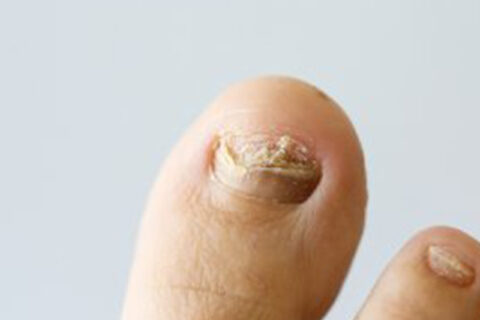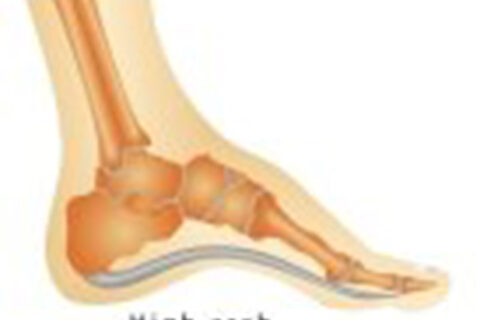Category: Sugar Land Texas
Patients with diabetes should have a foot specialist on their care team. You’ll learn why when you watch this featured video. It explains that…
The Achilles tendon, which is the longest tendon in the body, extends down the lower leg to the heel. Strong Achilles tendons are essential for…
If you think you’ve sprained your ankle, you should visit a podiatrist or foot and ankle specialist near you for a diagnosis. The symptoms for of…
If you have diabetes, it is important to have a podiatrist in Sugar Land who can attend to your specific foot health needs. This video explains why…
Your foot health can have a demonstrative impact on your quality of life. If each step brings pain, you may need foot surgery. While foot surgery…
Do you suffer from hammertoes? This condition can cause the muscles and connective tissues in the toes to contract, making the toes bend at a…
Have you been putting off seeing a foot specialist in Sugar Land for your toenail fungus? If so, you may be compromising your foot health. Toenail…
The need for bunion surgery in Sugar Land often results from wearing shoes that distort the natural shape of the feet. Women in particular are at…
Bunion surgery in Sugar Land is often the most effective solution for alleviating bunion pain and dysfunction. Bunions are bone protrusions, so…
A foot specialist in Sugar Land typically will recommend reconstructive foot surgery only when more conservative treatment measures fail to…





